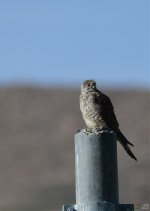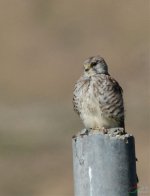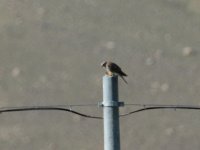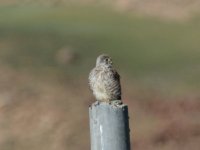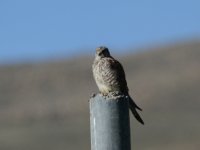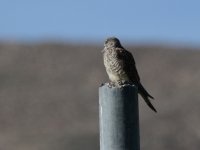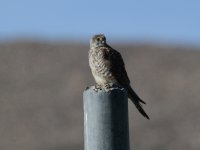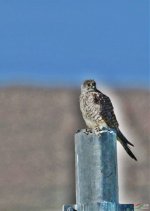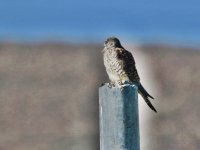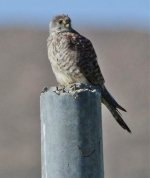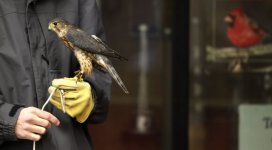xuky.summer
Well-known member
These two photos were taken in Tibet on August 23, same one.
female kestrel or Merlin (ssp. pallidus)?
I consulted Mr. Andrea Corso, he told me it is a pallidus, but did not tell me why.
In my impression, the patterns of tail more in line with the Kestrel, with fine barring and a broad black subterminal bar. Merlin appear with the diagnostic, sparsely barred Tail, showing only four or five equally broad pale and dark bars. but I have never seen a kestrel with distinct barred on underparts
Thank you very much!
xuky
female kestrel or Merlin (ssp. pallidus)?
I consulted Mr. Andrea Corso, he told me it is a pallidus, but did not tell me why.
In my impression, the patterns of tail more in line with the Kestrel, with fine barring and a broad black subterminal bar. Merlin appear with the diagnostic, sparsely barred Tail, showing only four or five equally broad pale and dark bars. but I have never seen a kestrel with distinct barred on underparts
Thank you very much!
xuky




